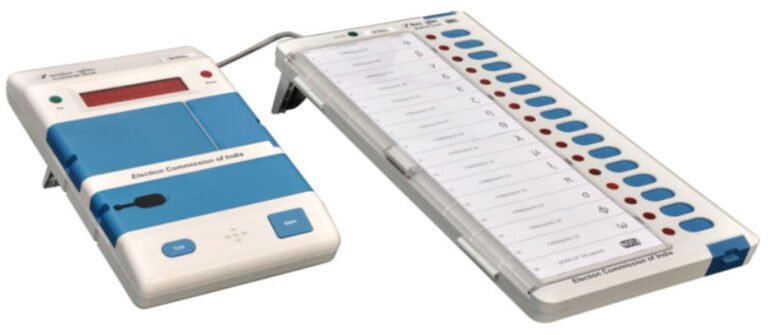Electronic voting machines have become an important part of modern elections worldwide. These devices allow voters to cast their ballots electronically, offering a faster and more efficient way to record and count votes compared to traditional paper ballots. There are different types of electronic voting machines, each designed to improve the voting process while addressing various challenges related to accuracy and security.
One common type of electronic voting machine is the Direct Recording Electronic (DRE) system. With DRE machines, voters make their selections on a touchscreen or by pressing buttons, and the votes are recorded directly inside the machine. Some DRE machines provide a paper audit trail that allows voters to verify their choices, while others do not. Another type is the optical scan machine, which combines paper ballots with electronic counting. Voters mark their choices on a paper ballot, and the machine scans and counts these marks electronically. Ballot marking devices also play a role by helping voters fill out paper ballots, which are then scanned electronically.
Electronic voting machines offer several advantages over traditional voting methods. One major benefit is speed. Votes can be counted much faster than manual tallying, allowing election results to be reported quickly. They also improve accessibility, with features designed to help people with disabilities vote independently. Efficiency is another advantage, as electronic machines reduce human errors that can happen during manual counting. Many voters also find touchscreen interfaces easier to use than paper ballots, which can lead to fewer mistakes when marking choices.
Despite their benefits, electronic voting machines face concerns and criticisms. Security is a primary worry. Because these machines rely on software and electronic components, they can be vulnerable to hacking or technical glitches. This raises fears that election results might be manipulated or compromised. Transparency is also an issue for some systems, especially those without a voter-verified paper audit trail. Without a physical record, it can be difficult to independently verify the accuracy of the electronic count. Reliability is another concern since machine malfunctions could disrupt voting or cause errors in the final results. Additionally, trust in electronic voting machines has sometimes been undermined by misinformation and conspiracy theories that falsely claim widespread fraud, even though evidence does not support these allegations.
Electronic voting machines are used in many countries around the world, with varying levels of adoption. India, for example, is one of the largest users of electronic voting machines and credits them with making its elections faster and more efficient. In the United States, different states use a mix of DRE machines and optical scan systems, with election laws varying widely. Many democracies use electronic voting technology to balance the need for quick, accurate vote counting with concerns about security and transparency.
To protect election integrity, election officials have put in place several safeguards. Many jurisdictions require electronic voting machines to produce a paper audit trail or printed receipt that voters can review. This paper record serves as an important backup that can be used for recounts or audits if questions arise. Before elections, machines are tested to ensure they work correctly, and post-election audits help verify that the electronic results match the paper records. Some places use open-source software or strict security protocols to reduce risks from hacking. Network connections are often limited or disabled during voting to prevent remote attacks.
Electronic voting machines became a major topic of discussion following the 2020 U.S. presidential election. Some public figures and groups promoted conspiracy theories claiming that these machines were used to rig the election. Despite these claims, multiple audits, recounts, and court cases found no evidence of fraud or manipulation involving electronic voting machines. Even the U.S. Department of Justice and state officials confirmed that the 2020 election was secure and free of widespread fraud. Nonetheless, debates about how to improve election security continue. Some experts and activists advocate for returning to hand-counted paper ballots to increase transparency and public confidence in election results.
Overall, electronic voting machines remain a widely used tool in elections around the world. They provide benefits in speed, accessibility, and efficiency but also raise important questions about security and trust. Efforts to improve the technology and protect election integrity are ongoing, as election officials and voters seek to balance innovation with the need for transparency and reliability in democratic processes.







